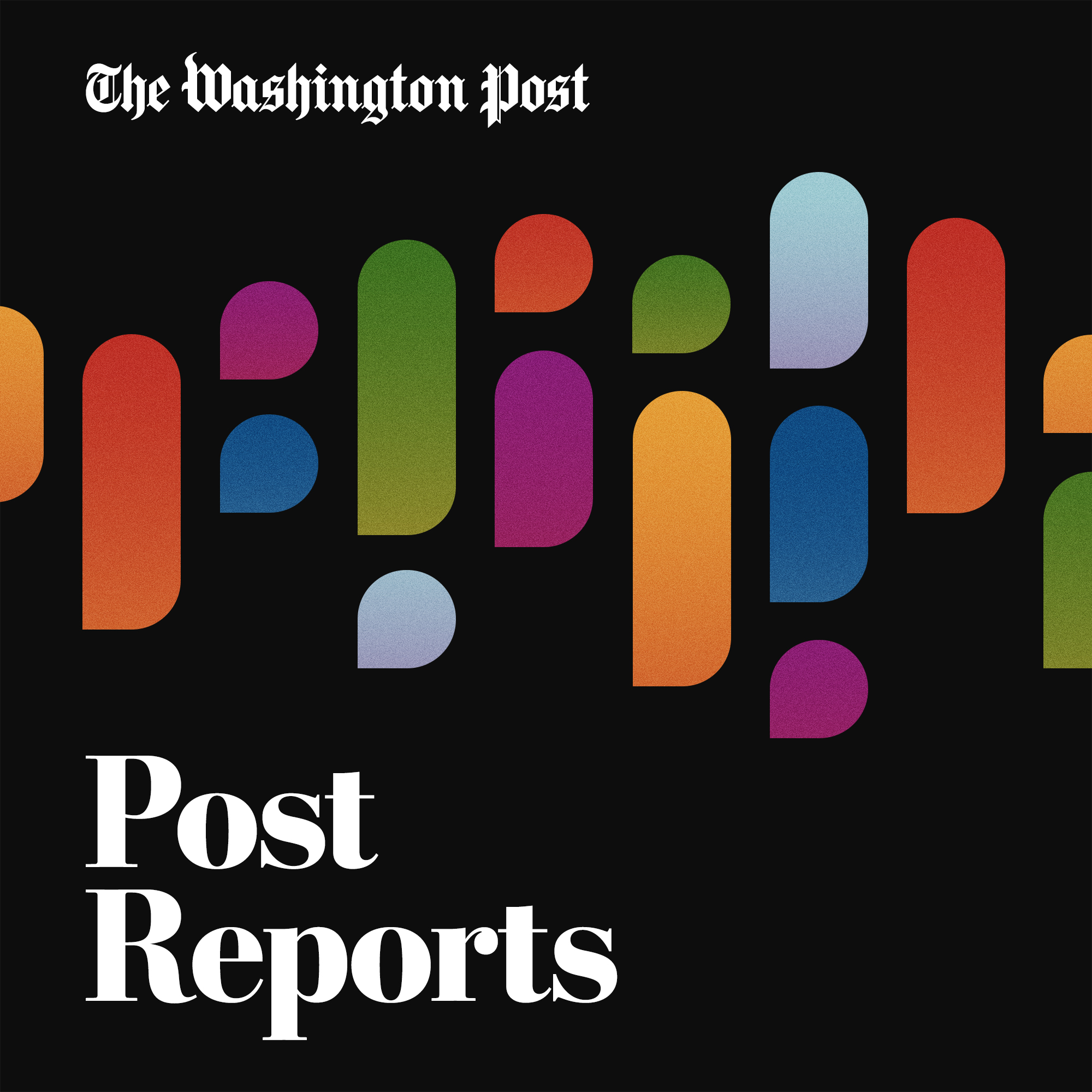
How Lunchables ended up on school lunch trays

Post Reports
Shownotes Transcript
Today, “Post Reports” goes back to school, to the cafeteria, where something has changed. Reporters Lenny Bernstein and Lauren Weber bring us the backstory of how ultra-processed foods ended up on lunch trays, amid growing concerns about child nutrition.
When students in Robeson County, N.C., returned to school this fall, a new choice appeared on the lunch line: Lunchables. Kraft Heinz reformulated the grocery-store favorite so it would meet school nutrition requirements — and now, school districts across the country are deciding whether to buy in.
For many health experts, the availability of Lunchables and other processed foods in schools) runs counter to the effort started over a decade ago by former first lady Michelle Obama, to overhaul school lunch diets amid sharp rises in childhood obesity and other chronic health problems.
So what happened?
Today on “Post Reports,” we venture into a cafeteria, a food trade show and dig behind the scenes — into the history of Lunchables itself — to find answers.
Subscribe to The Washington Post via Apple Podcasts at this link).
Read more:
How Lunchables ended up on school lunch trays).
Many of today’s unhealthy foods were brought to you by Big Tobacco).
Why many ultra-processed foods are unhealthy.)
USDA announces rigorous new school nutrition standards).
Subscribe to The Washington Post via Apple Podcasts at this link).
A previous version of this podcast included a slogan for Otis Spunkmeyer and misattributed it to C.H. Guenther & Son. The audio has been corrected.